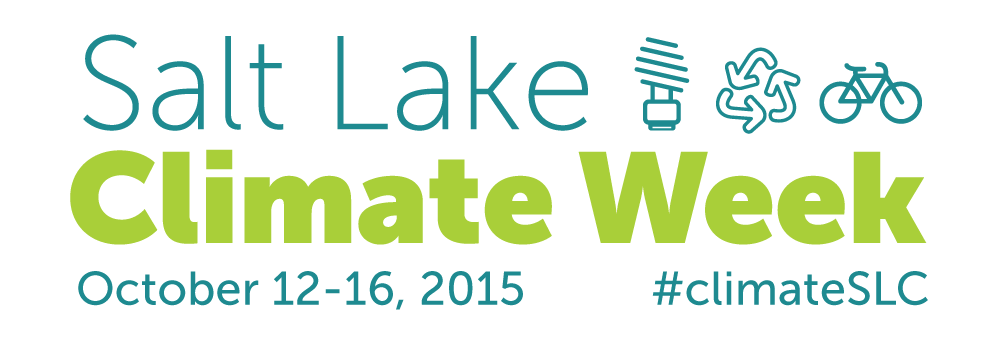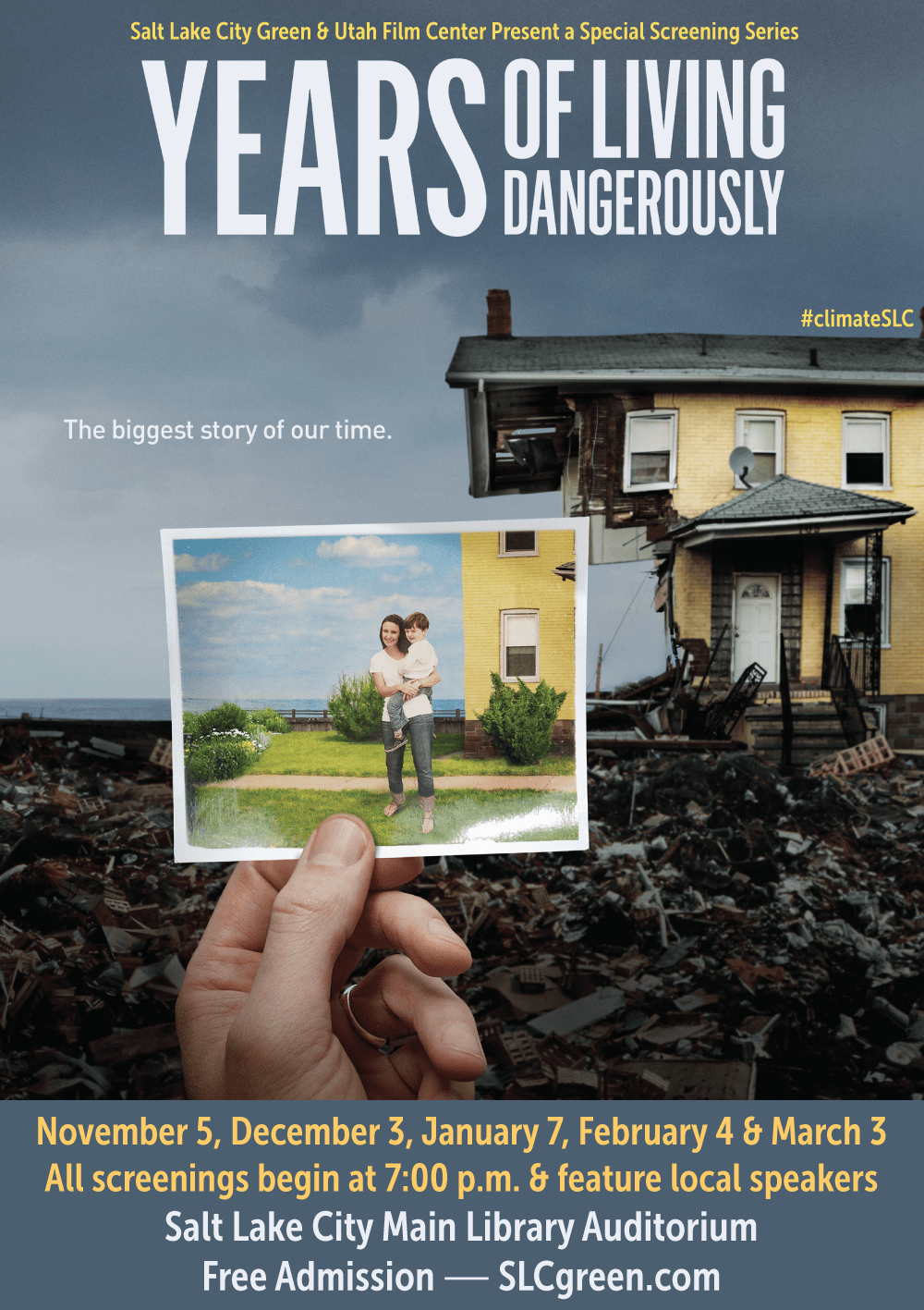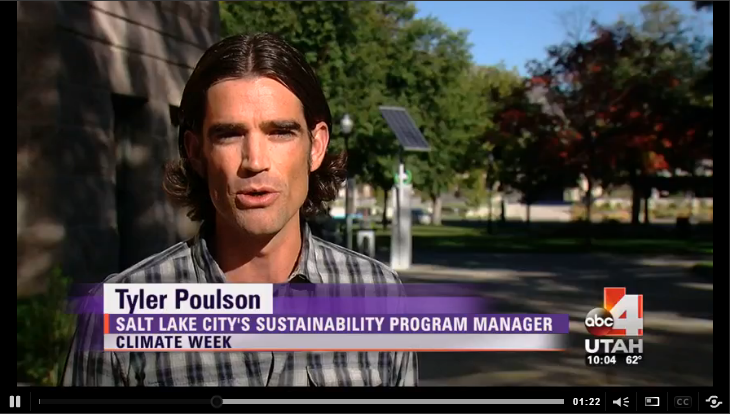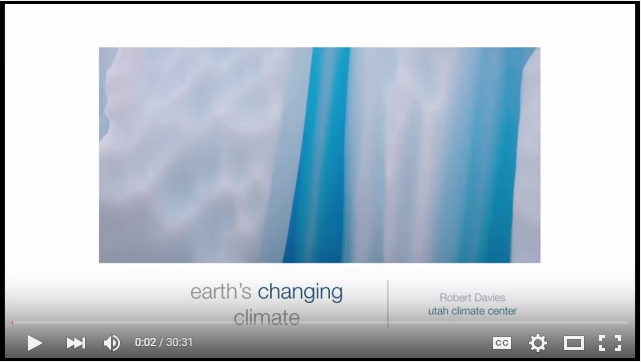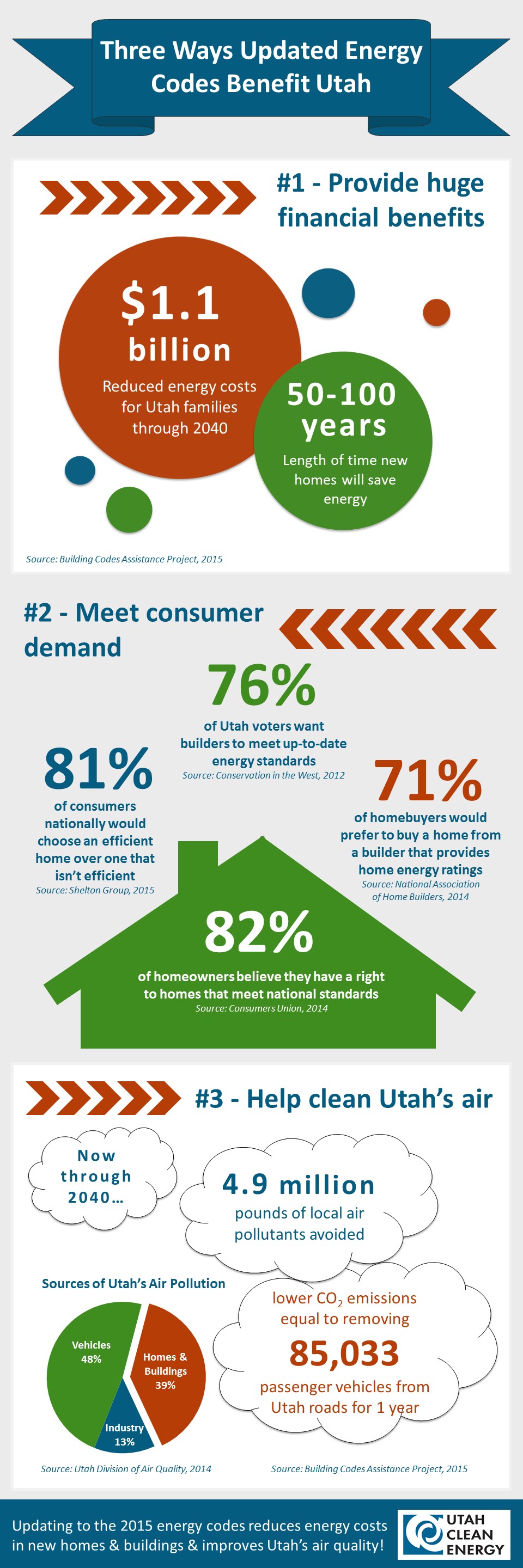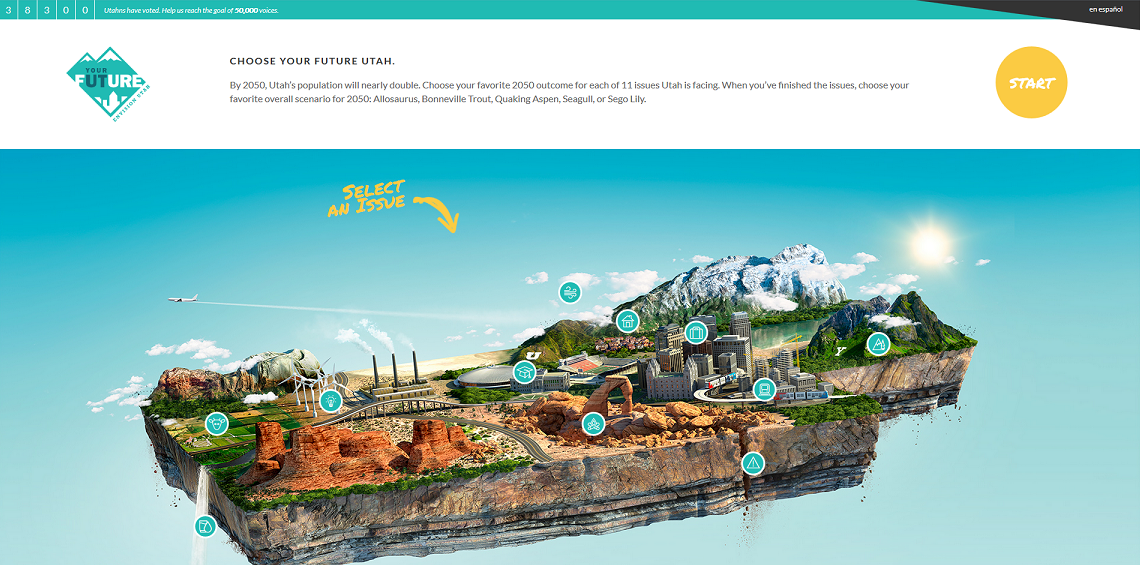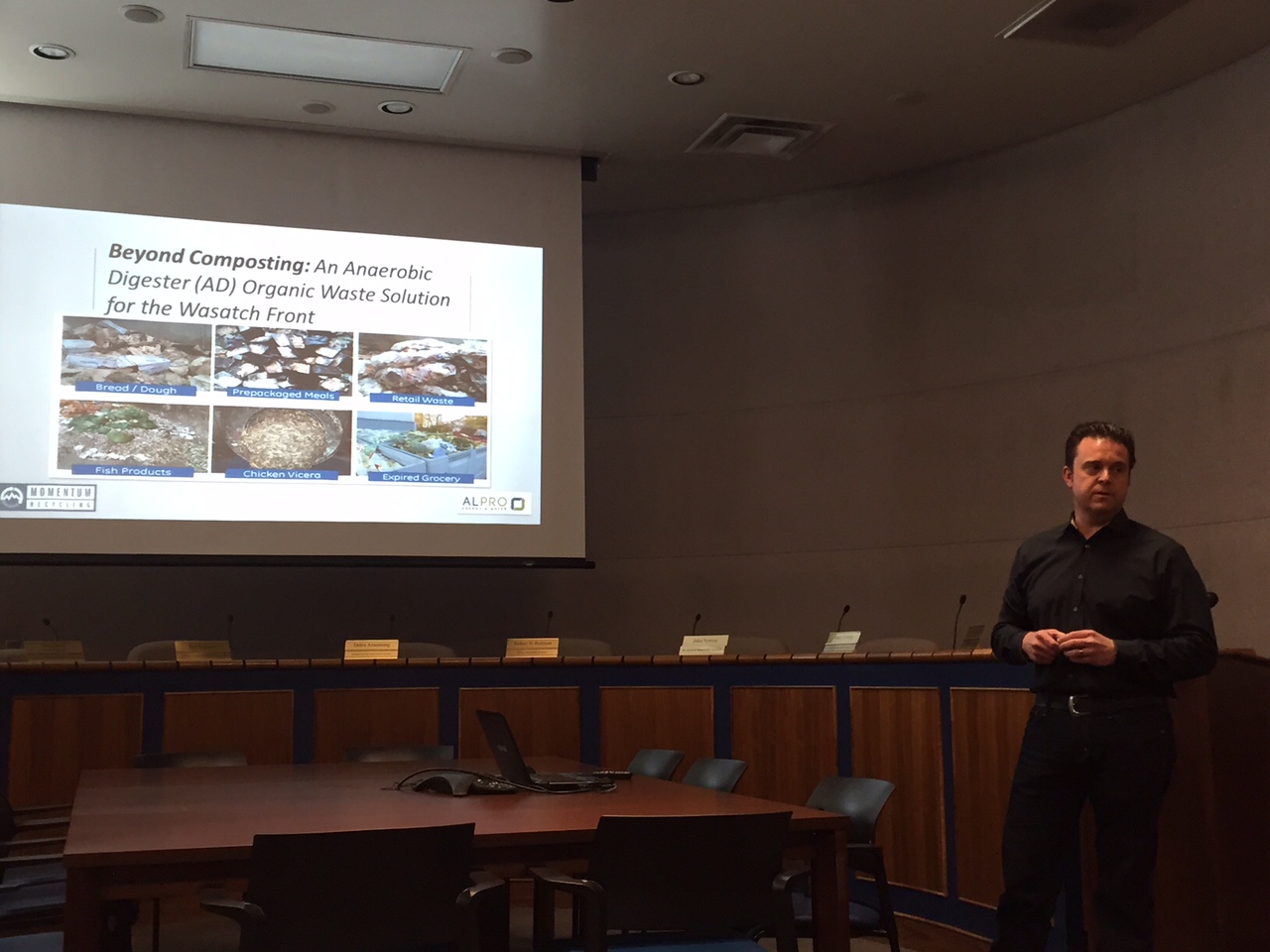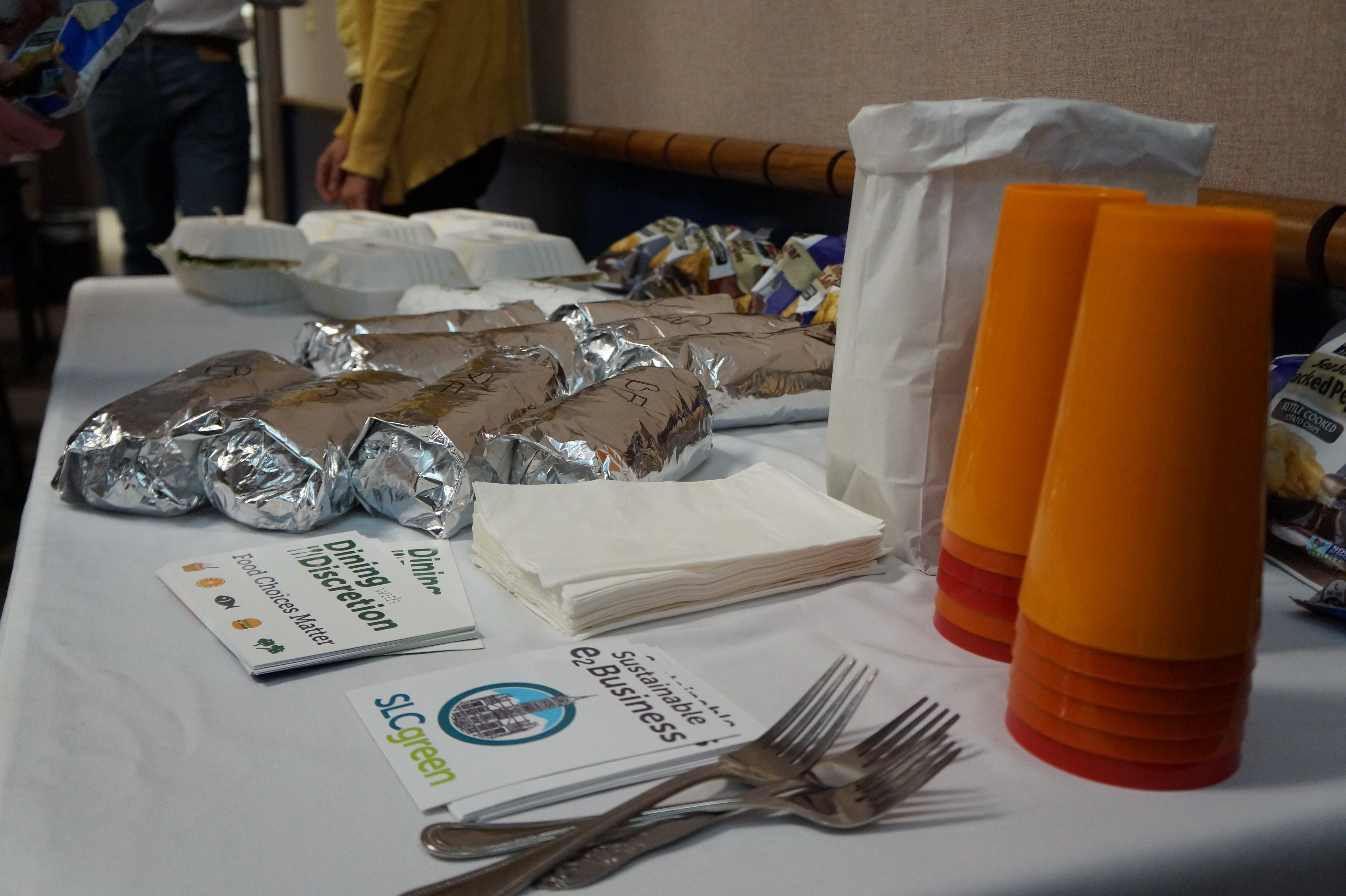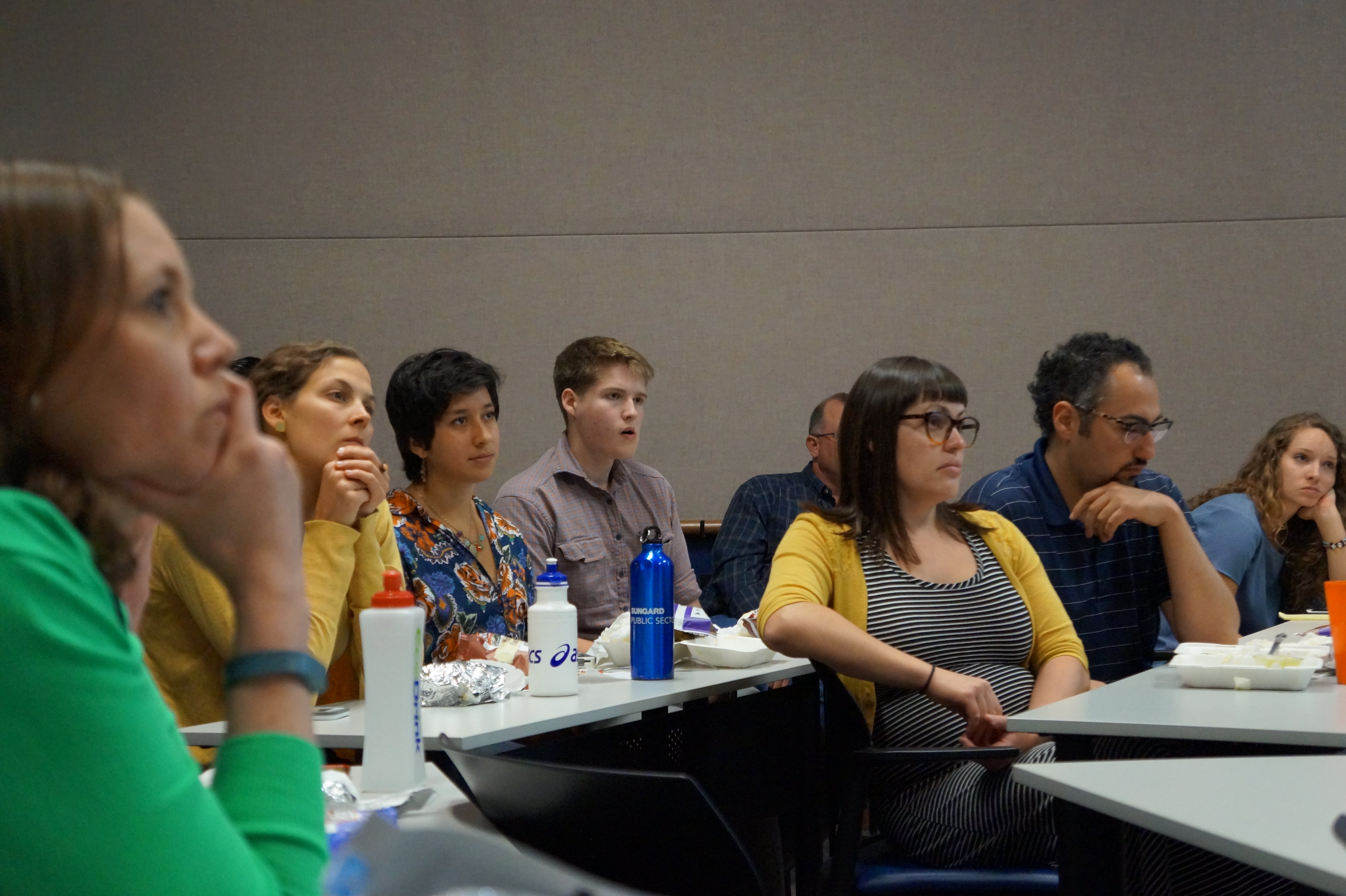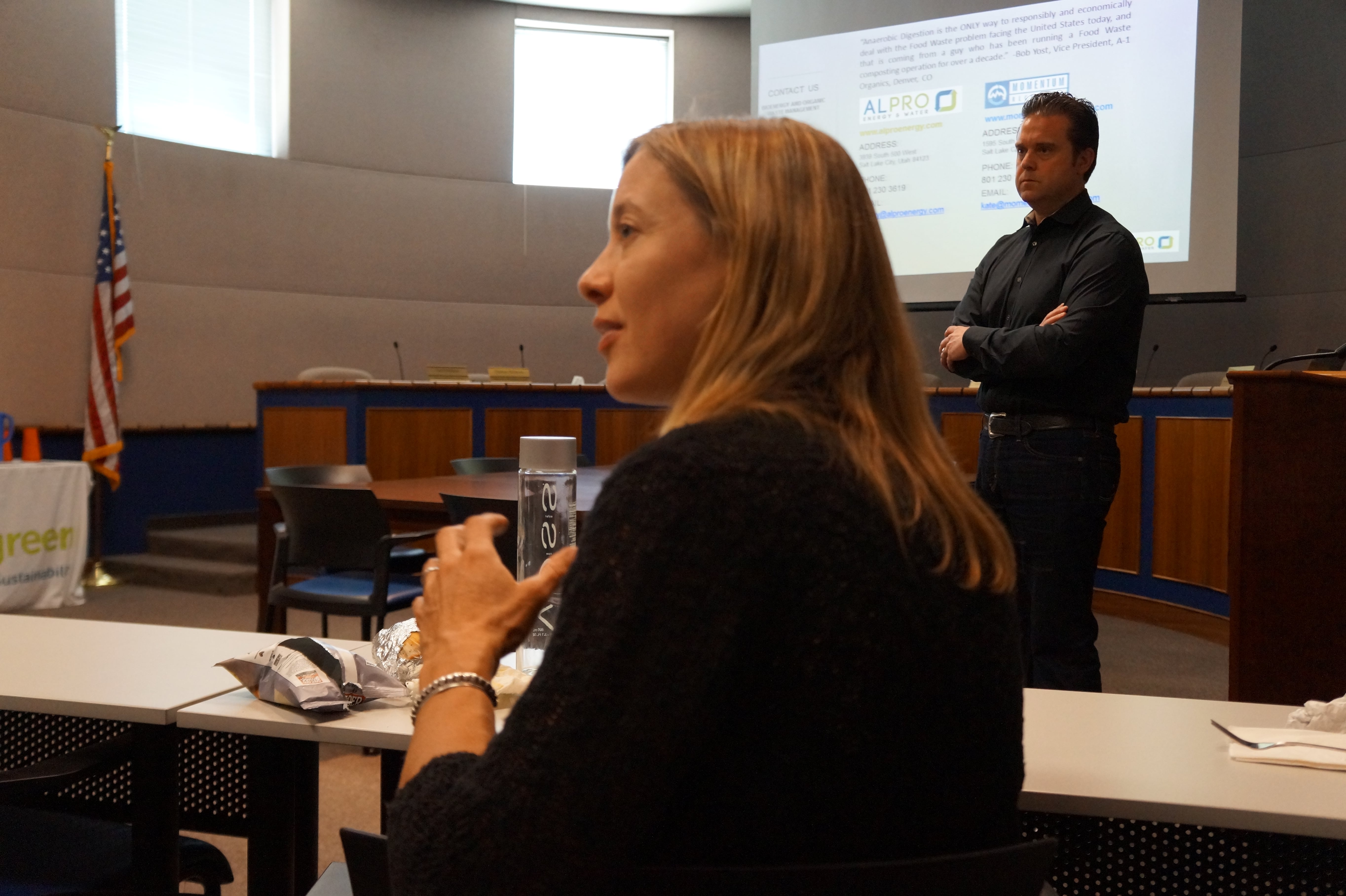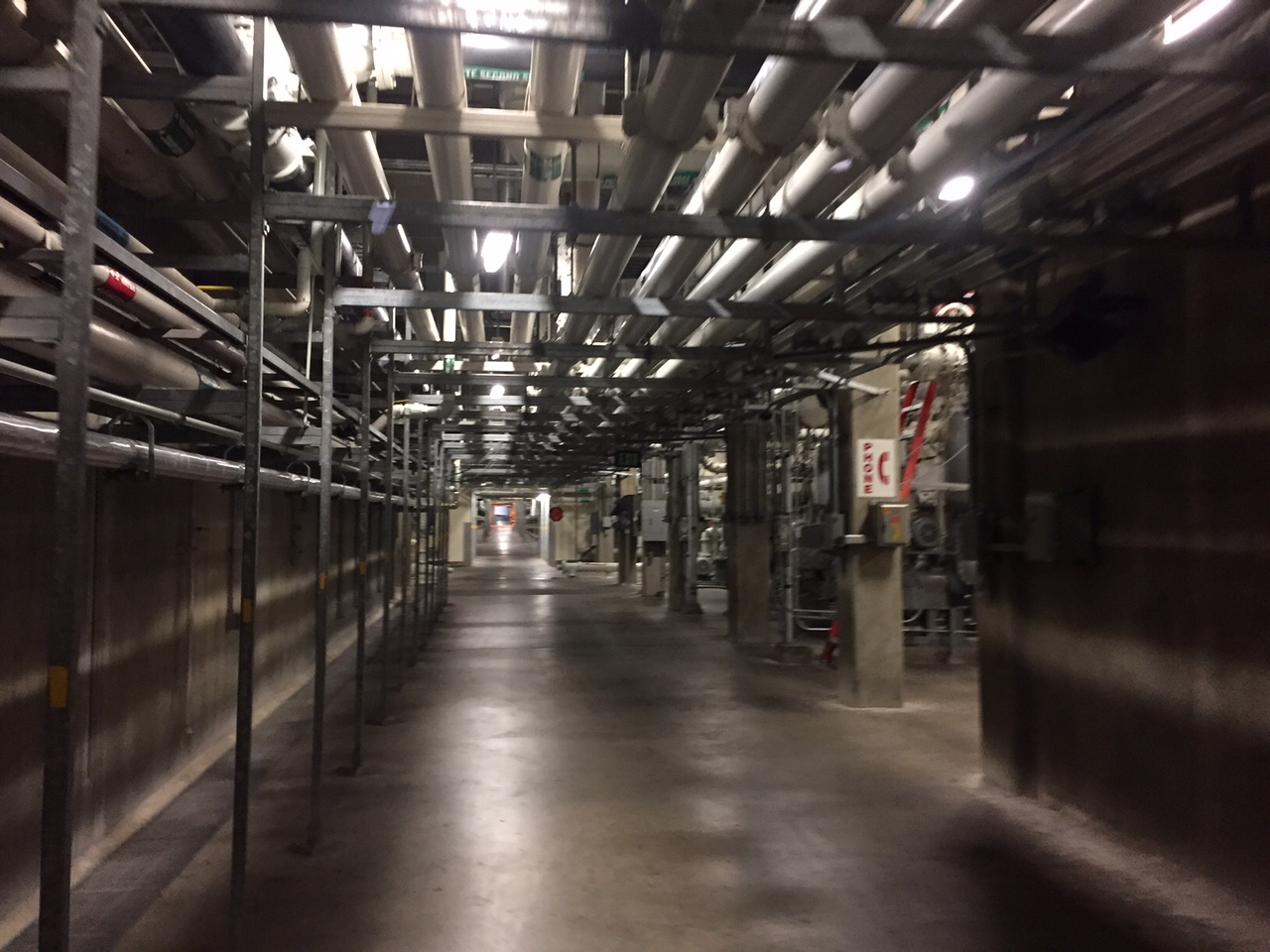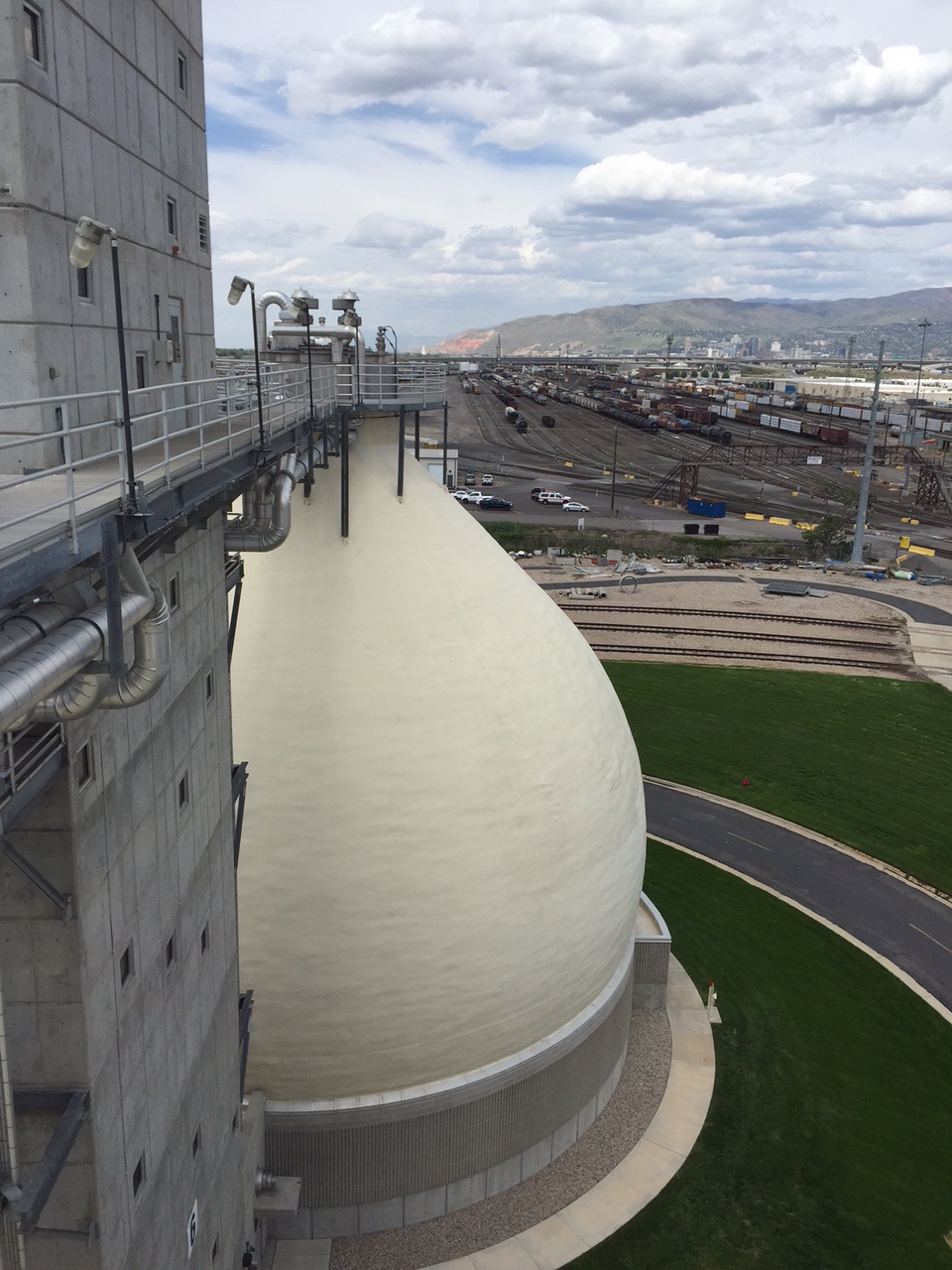SALT LAKE CITY — The Utah Public Service Commission has approved a new program that allows customers to subscribe to some or all of their electricity from solar power. Rocky Mountain Power sought approval from the state last June for the subscriber solar program which gives customers a choice to get their power from the sun even if they cannot afford rooftop solar panels or live in apartments or condos.
Using a competitive bidding process, Rocky Mountain Power is in final negotiations with a developer to build a 20-megawatt solar farm here in Utah. The solar farm is expected to be built and on-line in late 2016.
“Utility-scale solar is the most cost-effective way to build solar and the bidding process will help us select the best economical choice for our customers,” said Lucky Morse, Rocky Mountain Power Regional Business Management Director. “It’s exciting because the pricing is very competitive and will offer customers a terrific value.”
Participants will be able to subscribe in 200-kilowatt hour blocks up to their total usage; the 20-megawatt solar farm will provide 20,000 blocks. Residential customers will receive a “locked-in” generation rate of 7.7 cents per kilowatt-hour, plus about 4 cents for transmission and distribution, totaling 11.7 cents per kilowatt-hour.
For example, a typical Utah customer uses 742 kilowatt-hours monthly and would pay an additional $1.26 each month (average) for one solar block. The benefits and costs of the program will vary depending on how much electricity a customer uses.
“High-energy users in the summer may actually pay less money for their energy because electricity costs are as high as 14.5 cents per kilowatt-hour,” added Morse. “The ‘locked-in’ rate is also a hedge if electricity prices go up in the future.”
The subscriber solar program is a great alternative for people who are renting, cannot afford solar panels, have homes that are not suited for rooftop solar, are restricted due to HOA rules, or simply don’t want rooftop solar systems. Subscribers will not have to pay upfront costs, make long-term commitments or deal with the ongoing maintenance of installed solar panels.
Salt Lake City intends to subscribe to a sizable amount of solar for its municipal operations to lock in the energy portion of the city’s bills for up to 20 years.
“Salt Lake City supports this new program aimed at expanding the portfolio of renewable energy options for our residents,” said Vicki Bennett, Salt Lake City Sustainability Director. “Subscriber Solar offers a choice for residents and business owners who are unable to install solar, but still desire a direct connection to clean energy sources. We believe this program can be a major catalyst for ongoing transitions to renewable energy in Utah.”
The voluntary program will be available on a first-come, first-served basis. Customers will be able to subscribe to the program soon. Subscribers would only pay a termination fee if they cancel their subscription before three years after they enroll.
The program will also be available for commercial and industrial customers. Customers can get more details and sign up to receive updates and put their names on a list indicating they would like to subscribe to the program at rockymountainpower.net/subscriber.


